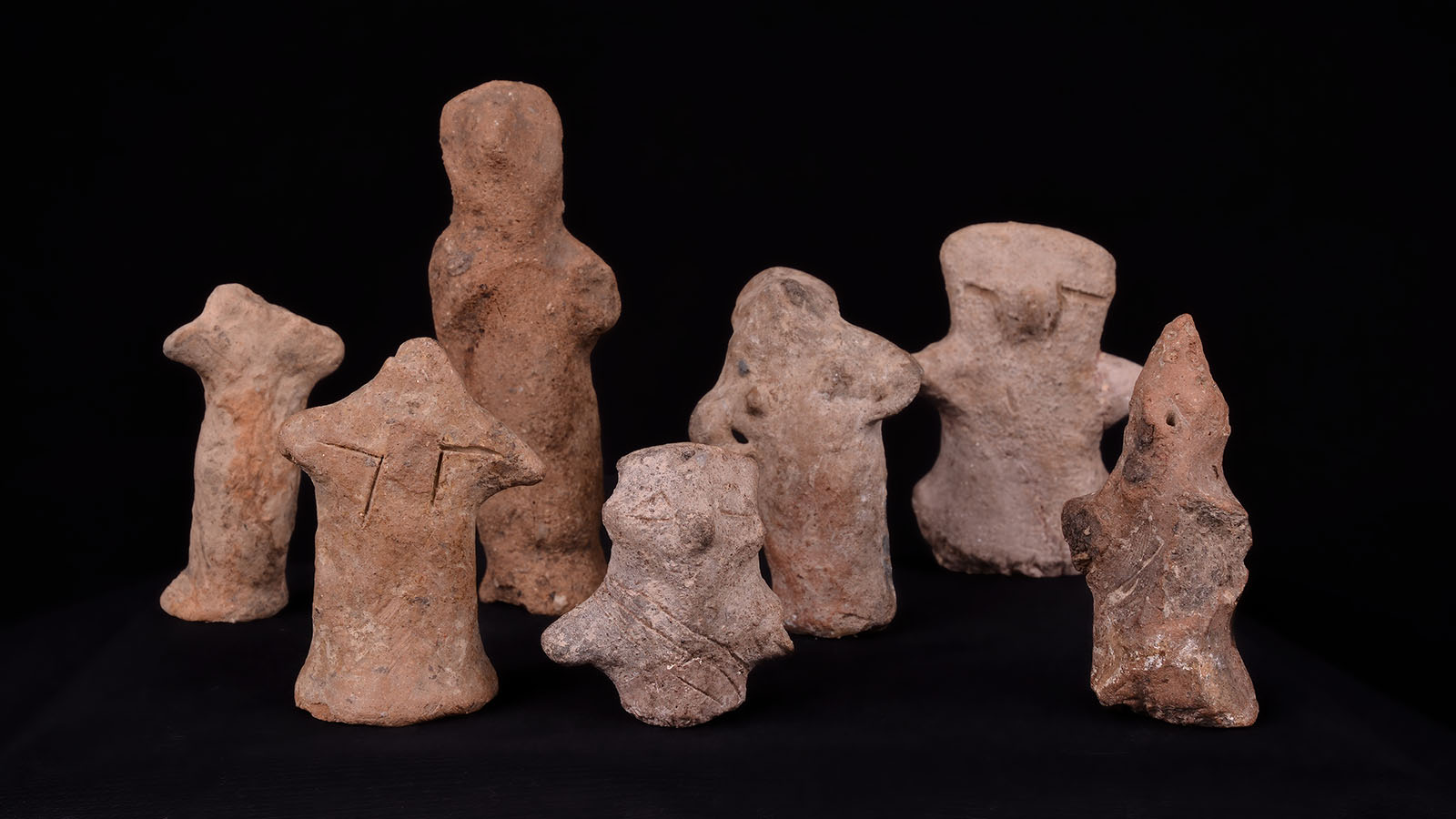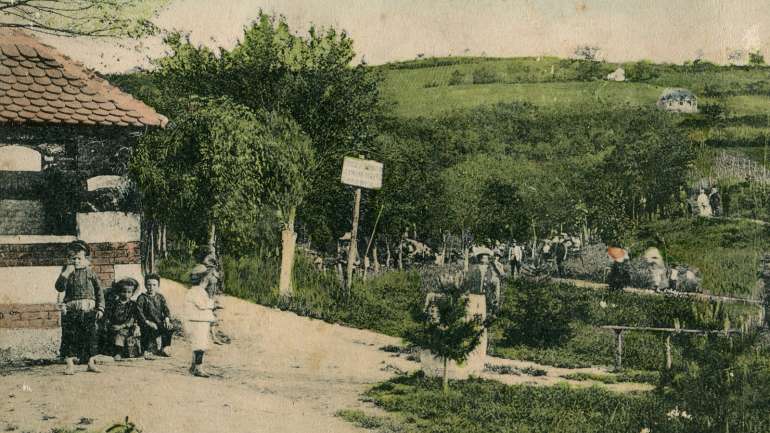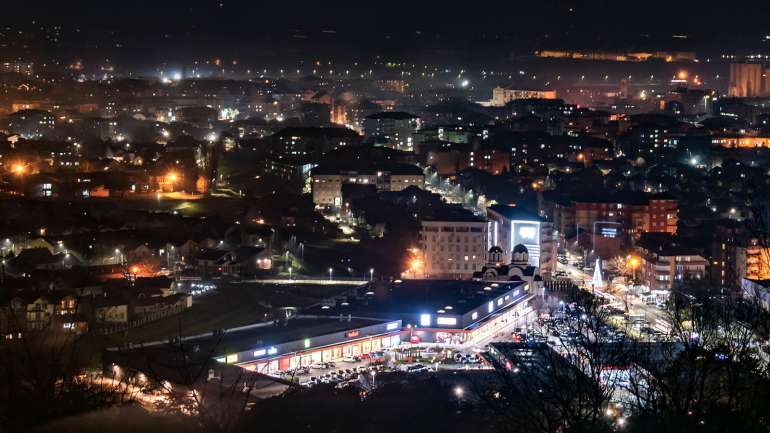Written by: Sonja Perić, senior curator
Studying life in prehistory, it is very important to try to shed light on the life and play of children and their role in the human communities. What did the children in the material culture of prehistoric times leave behind, what did they use, create and play with?
Childhood is the time when skills are learned, personality is formed, knowledge, attitudes and value systems are acquired. In many societies, children play an important role in community life and actively participate in many jobs, and some of the activities, such as herding cattle, fetching water, collecting firewood, picking and collecting fruits from nature, almost always belong to children.
From the Neolithic period, with the beginning of the ceramic industry, it is easier to identify children’s activity. Children leave their marks on the clay, in the form of fingerprints or fingernails on the surface of ceramic objects, which they make themselves while playing and learning the art of making objects from clay.
Just as the life of children today is unimaginable without toys, it was not much different in the period of the first herders and farmers. Unlike toys made of wood and other materials of plant origin, which are easily decomposed, objects made of clay, which were baked in the production process or burned in large fires in which entire settlements disappeared, are stable and have been preserved to this day .
In the group of ceramic toys, among other things, we define anthropomorphic figurines – “dolls”, which were made for children by elders or they were made by themselves while playing with clay next to their parents. They are stylized, reduced in form, small in size and often imperfectly modeled, and sometimes we find prints of their fingers on them, and by analyzing the papillary lines, it is possible to determine the age of the children who made them.





